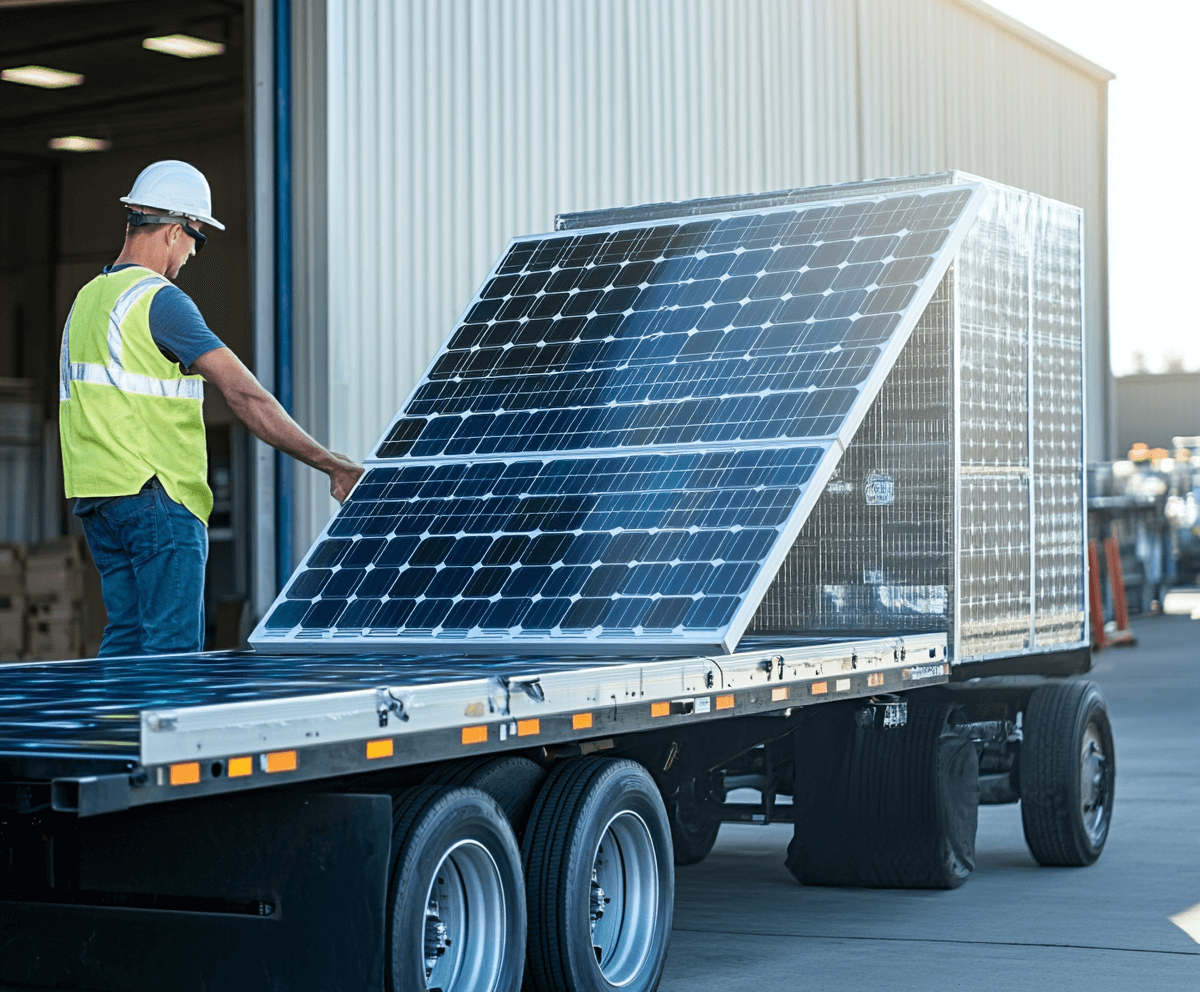Hello There!
This page is important — read it carefully. It might just change the way you think about solar - for sure.
You probably just spoke with one of our teammates who was way too excited to explain everything in detail — we get it, it's a lot.
Here’s what this page is really about: a completely new concept for unlocking the hidden value of end-of-first-life solar panels. We call it Digital reUSE & reCYCLING — the next generation of energy thinking. This is how we turn what others discard into what the world desperately needs.
Market-Overview
Global Solar Panel Waste Projections – pv magazine highlights research by international agencies projecting 1.7–8 million tons of photovoltaic panel waste by the 2030s, and up to 60–78 million tons by the 2050s.
This looming surge underscores an urgent environmental challenge as early solar installations reach end-of-life. (Source: pv magazine, 2020)
India’s Solar Waste Boom – The Guardian reports that India’s expanding solar farms are generating mounting waste, projected to reach over 19 million tonnes by 2050. But disposing of the scrap often falls to informal traders who risk injury when dismantling broken panels . This case highlights the environmental and safety dangers of improper or unregulated panel disposal. (Source: The Guardian, 2024)
Millions of Aging Panels, Minimal Recycling – Yale Environment 360 notes that the first big wave of solar panels is now hitting end-of-life, yet roughly 90% of retired panels in the U.S. end up in landfills because dumping is far cheaper than recycling . Experts warn that without better recycling practices, the growing pile of solar e-waste could undermine solar’s green benefits and pose long-term environmental risks. (Source: Yale E360, 2023
EU Leads with PV Recycling Law – pv magazine explains that the EU’s Waste Electrical and Electronic Equipment (WEEE) Directive was extended to solar panels in 2012, obligating manufacturers to take back and recycle end-of-life PV modules. It set phased targets – now requiring 85% recovery and 80% recycling by mass – making the EU the first region with a comprehensive solar panel recycling framework. (Source: pv magazine, 2020)
Recycling Challenges and Policy Gaps – Discover Magazine outlines how specialized processes are needed to reclaim valuable materials from solar panels, but currently only a handful of facilities exist to do this. In the U.S., no federal law bans tossing panels into landfills, and the landfill route (costing $1–2 per panel) is far cheaper than proper recycling ($20 per panel) . This regulatory gap and economic hurdle illustrate why many panels aren’t recycled even though up to 95% of their materials are recoverable. (Source: Discover, 2023)
Safely Managing End-of-Life Panels – U.S. EPA guidance notes that solar panels contain toxic substances (like lead and cadmium) that can leach out if improperly disposed. Some panels must be handled as hazardous waste under RCRA rules to prevent environmental contamination . Best practices recommend removing panels through certified recycling programs or manufacturer take-back schemes to ensure compliance and avoid soil or water pollution. (Source: US EPA, 2022)
When companies cut corners on PV-module disposal, regulators can—and do—hit hard. Below are recent, well-documented sanctions that show just how expensive (and even life-altering) it can get:
Taiwan (2020) – The Environmental Protection Administration warns that power-plant developers caught illegally dumping used PV modules or hiring unlicensed collectors face fines up to NT$3 million (≈ US $100 k) under the Waste Disposal Act.
California, USA (2024) – A California judge ordered Tesla Inc. to pay US $1.5 million after district attorneys proved the company mishandled hazardous waste at 18 solar-energy facilities, service centers and its Fremont factory. The settlement includes US $1.3 million in civil penalties and US $200 000 for compliance improvements.
South Korea (2025) – The Electricity Regulatory Commission fined eight solar operators that ignored mandatory output-curtailment orders and revoked licenses for 11 stalled renewable projects totaling 347 MW. Fines are pegged to illicit profits and capped at 4 % of each operator’s three-year average revenue—plus total loss of grid permits.
United Kingdom (2019) – Northern Compliance Ltd., a WEEE producer-compliance scheme, was convicted for missing its solar e-waste collection targets. The magistrates’ court ordered it to pay £50 900 in compensation, additional fines and costs, and withdrew the company’s authorization to operate.
United States federal law (ongoing) – Under the Resource Conservation & Recovery Act (RCRA), anyone who knowingly disposes of hazardous PV waste without the proper permit can face up to 5 years in prison and fines of US $50 000 per day—with penalties doubled for repeat offences.
Find out what risks are lurking – and how to avoid them.
Protect your business, dispose of old panels properly, and stay compliant!
This is reUSE & reCYCLE.
Are broken solar panels really useless? - Not at all.
With our 3D imaging, we assess damage, lifespan, and potential—fast.
Result? 52% of panels are reused. The rest go to certified solar panel recycling, with precise material insights for cleaner processing.
No waste. No guesswork. Just smarter solar disposal.
We purchase used solar panels directly from business owners and handle transport to our recycling facility quickly and efficiently.

Our high-resolution cameras scan each solar panel from both sides, uncovering key details about damage, performance, and reuse potential.

Our trained AI system creates a digital 3D shadow in our own Blockchain of each solar panel, extracting performance data and condition details.
This traceability allows the system to automatically identify reusable panels—and separate those ready for certified recycling.
